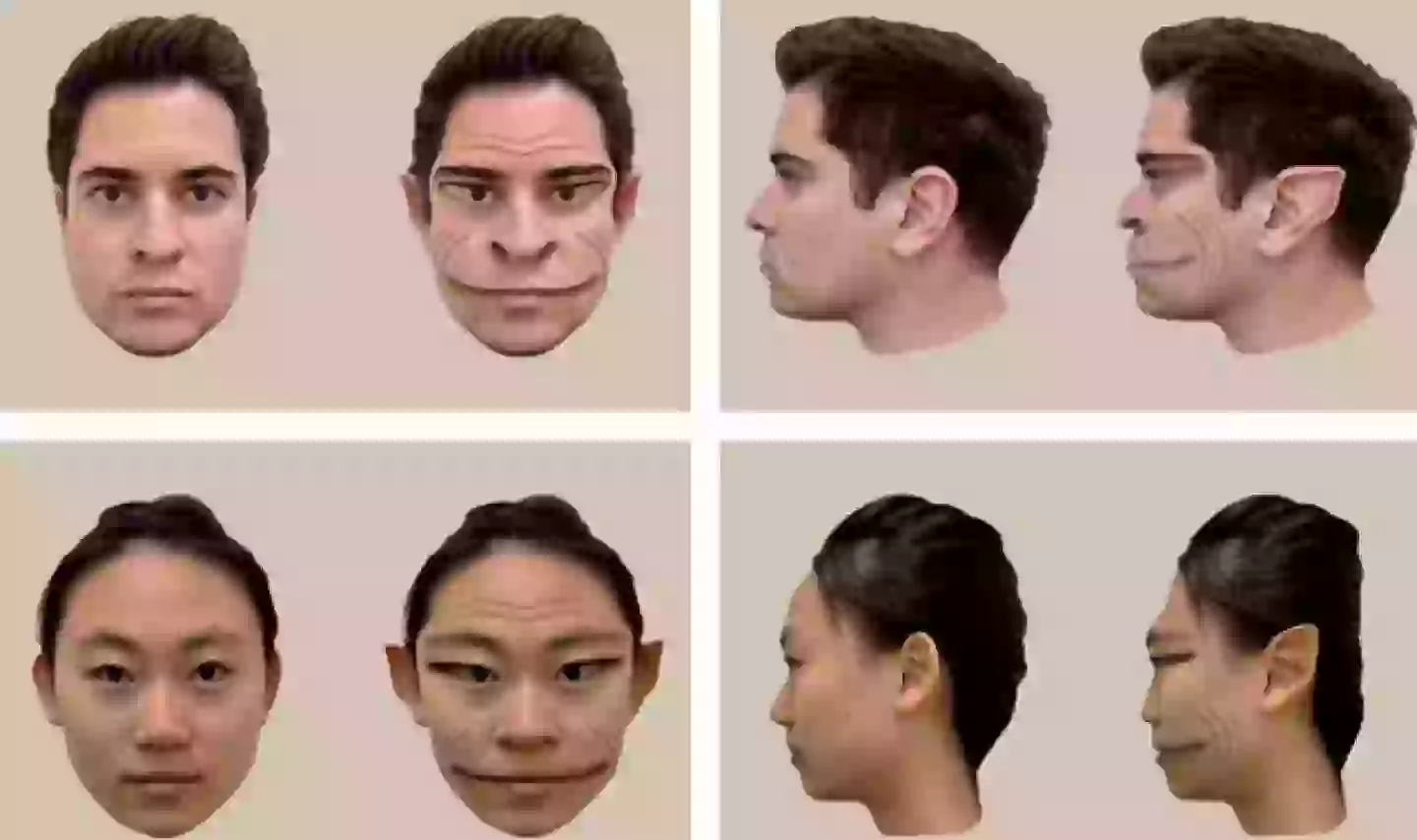
A man with ‘demon face syndrome’ has shared the disturbing way he sees other people.
Victor Sharrah’s life is like a ‘horror movie’ after experiencing prosopometamorphopsia, or PMO, for the past three years.
He’s one of just 75 people in the world known to suffer from this extremely rare neurological condition that affects the area of the brain dealing with facial recognition.
The American bloke said the symptoms first began for him back in November 2021 when he looked at his roommate and noticed he seemed to have a ‘demon face’.
Advert
The 59-year-old explained he saw him with a wide-stretched mouth, elongated ‘goblin-like’ ears, flared nostrils and grooved features.
He told the Times: "I thought, ‘What the hell did I just see?. It was like something out of a Star Trek movie, like a demon face."

And when he realised everyone else ‘had their faces distorted’ he began ‘freaking out’.
“I was going to have myself committed,” he said.
Advert
Published in The Lancet journal, researchers concluded he had PMO after he visited a university laboratory for the Department of Psychological and Brain Sciences at Dartmouth College.
Like Sharrah noticed with his roommate, the man said these distortions typically presented as dramatically stretched facial features with deep groves on the cheeks, chin and forehead.
Interestingly, he only reported distortions on faces - not when looking at objects like cars and houses.
Plus, even when he saw the faces with these ‘demon’ features, he was still able to recognise who they were.
The researchers added: “Notably, he reported no distortions when viewing facial images on a screen or on paper.”
Advert

The pictures published in the journal show how Sharrah sees faces and despite the uneasiness you may feel by just simply looking at these mock-ups, he says seeing them talking, moving and gesturing is 'much more traumatic than the pictures can convey'.
Scientists aren't completely certain on what causes PMO, although people who have endured head injuries, ischemic strokes, migraines and epilepsy commonly experience it.
Sharrah has a history of bipolar disorder and also suffered a head injury in 2007. He also suffered from possible carbon monoxide poisoning four months before his symptoms began.
Creating these photos of what he roughly sees when he looks at human faces, the researchers ‘hope this has a big impact in the way people think about PMO, especially for them to be able to understand how severe PMO can be’.